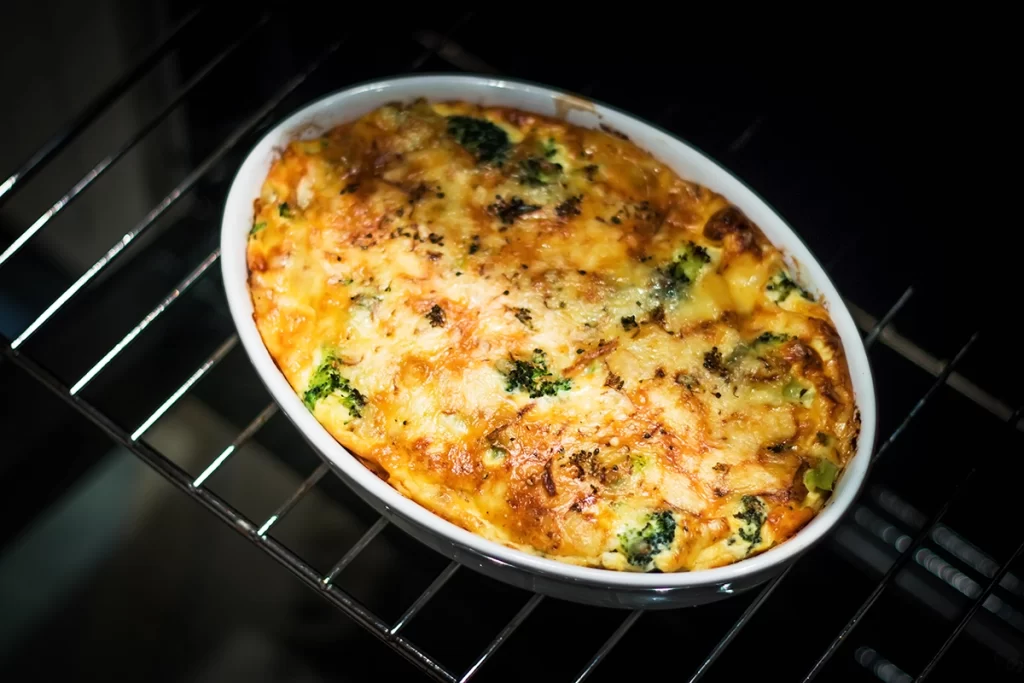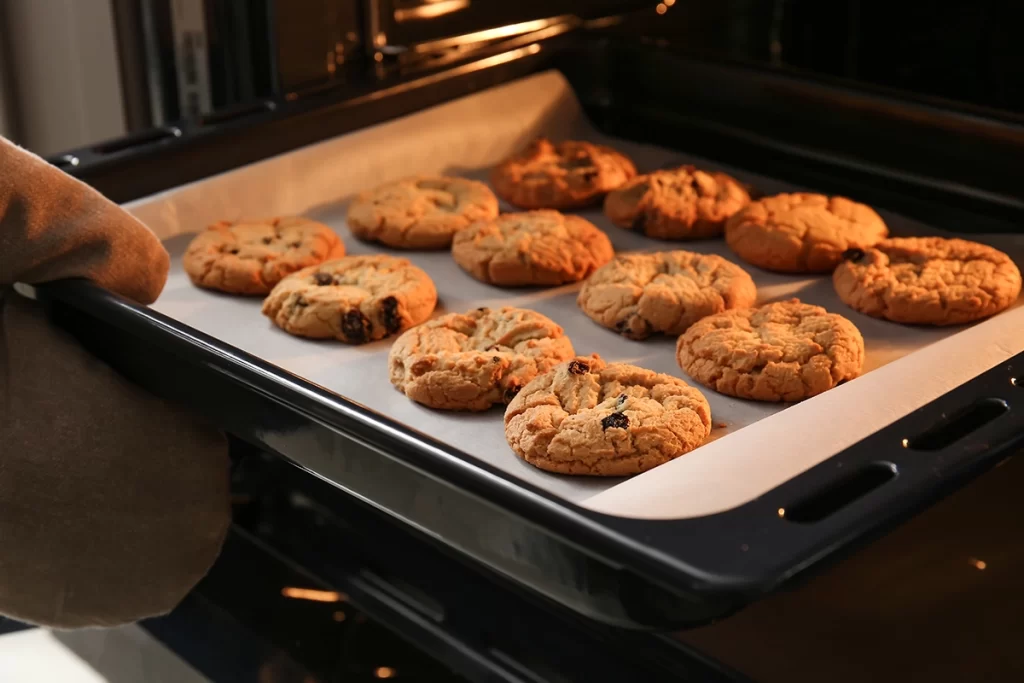Ceramic or Metal Bakeware Rivalry, these oven ready contenders are sure to enhance your kitchen skills!
Have you ever stood in the bakeware aisle, paralyzed by indecision, weighing the pros and cons of ceramic versus metal? This age-old battle has raged on in kitchens worldwide, with loyal supporters on both sides. But fear not, dear culinary warriors, for we’ve donned our oven mitts and delved deep into the sizzling world of bakeware to bring you the ultimate showdown.
The Oven-Ready Rumble: Ceramic or Metal Bakeware Rivalry
A Brief History Lesson
Ceramic bakeware traces its roots back to ancient civilizations, where clay vessels were used for cooking and baking. In contrast, metal bakeware emerged later, with copper and iron being some of the earliest materials employed. Fast forward to today, and we have a diverse array of options, from trusty aluminum and stainless steel to the ever-popular ceramic and glass varieties.
The Convenience Factor
Let’s face it; we all crave convenience in the kitchen. Ceramic bakeware often takes the lead here, with its non-stick properties making it a breeze to release those perfectly baked treats. Bid farewell to the dreaded stuck-on messes! Metal, on the other hand, requires a bit more elbow grease but can be a champ when it comes to even heat distribution.
Quick Prep and Cleanup
Time is of the essence, especially when those tantalizing aromas fill the air. Ceramic bakeware tends to be lower maintenance, with its non-stick surface making cleanup a dream. Metal, however, may require a little more scrubbing, but fear not – a trusty scouring pad and some good old-fashioned elbow grease will have it sparkling in no time.
Other Contenders in the Ring
While ceramic and metal duke it out, let’s not forget the other worthy opponents. Glass bakeware offers a transparent peek into the baking process, while silicone molds provide versatility and easy release. Cast iron, though requiring a bit more TLC, is a beloved classic for its heat retention and rustic charm.

Easy Recipe Ideas, Ceramic or Metal Bakeware Rivalry
Now, let’s put these bakeware champions to the test with some foolproof recipes:
Ceramic: Whip up a batch of fluffy muffins or a vibrant veggie frittata.
Metal: Indulge in gooey chocolate brownies or a golden, flaky pie crust.
Glass: Bake a bubbly fruit crisp or a savory casserole.
Silicone: Get creative with fun-shaped cakes or adorable individual desserts.
Cast Iron: Embrace your rustic side with a crusty bread loaf or a sizzling skillet cookie.
Pros and Cons
Like any good rivalry, each side has its strengths and weaknesses:
Ceramic Pros:
- Non-stick surface for easy food release
- Often dishwasher-safe for convenient cleaning
- Vibrant color options to liven up your kitchen
Ceramic Cons:
- Can be prone to chipping or cracking
- May not distribute heat as evenly as metal

Metal Pros:
- Excellent heat conduction and even baking
- Durable and long-lasting
- Easy to find in various sizes and shapes
Metal Cons:
- Can be prone to sticking without proper greasing
- Requires more elbow grease for cleaning
The Unusual Contender
Now, brace yourselves for a wild card entry: the cast-iron skillet pizza! This unconventional dish combines the rustic charm of cast iron with the crispy goodness of a pizza crust. Prepare to impress your guests with a piping hot, perfectly browned personal pizza, fresh from the oven (or campfire, for the truly adventurous).
The Verdict
As you can see, the ceramic versus metal bakeware battle rages on, with each side boasting its own unique advantages. But fear not, intrepid bakers! The true victor lies in your own preferences and cooking needs. Embrace the versatility, experiment with different materials, and let your culinary creativity shine.
In the end, whether you choose the non-stick convenience of ceramic or the robust reliability of metal, remember that the real magic happens when you combine high-quality bakeware with fresh ingredients, a pinch of love, and a dash of patience. So, preheat those ovens, and let the baking begin!
In Conclusion, Ceramic or Metal Bakeware Rivalry
Baking dishes have been used by civilizations around the world for thousands of years. Some of the earliest examples come from ancient Mesopotamia and Egypt, where bakers used clay pots and dishes to bake flatbreads and primitive forms of cake.
In ancient Greece and Rome, bakers had developed more advanced ceramic baking dishes glazed with lead to prevent sticking. These were used for breads, pastries, and early versions of pie.
Metal baking dishes first appeared in the Middle Ages, as metallurgy techniques improved. Affordable cast iron, copper, and tin-plated steel dishes allowed for better heat conduction than ceramics.
The 19th century saw major innovations like the English pie dish/plate and Pyrex glass bakeware developed in 1915. Aluminum bakeware was also mass-produced and marketed as a cheaper, lighter alternative to cast iron.
Mid-20th century America popularized modern non-stick surfaces like Teflon coatings, silicone bakeware, and anodized aluminum. At the same time, decorative ceramic bakeware in bright colors became fashionable for home cooks.
Today, bakeware comes in a huge variety of materials like ceramic, metal, glass, silicone, enameled cast iron and much more to suit every baking need and style. But the basic concept of a heat-proof dish hasn’t changed for millennia!

Join us on Facebook at Sherry Kay Cooks!
